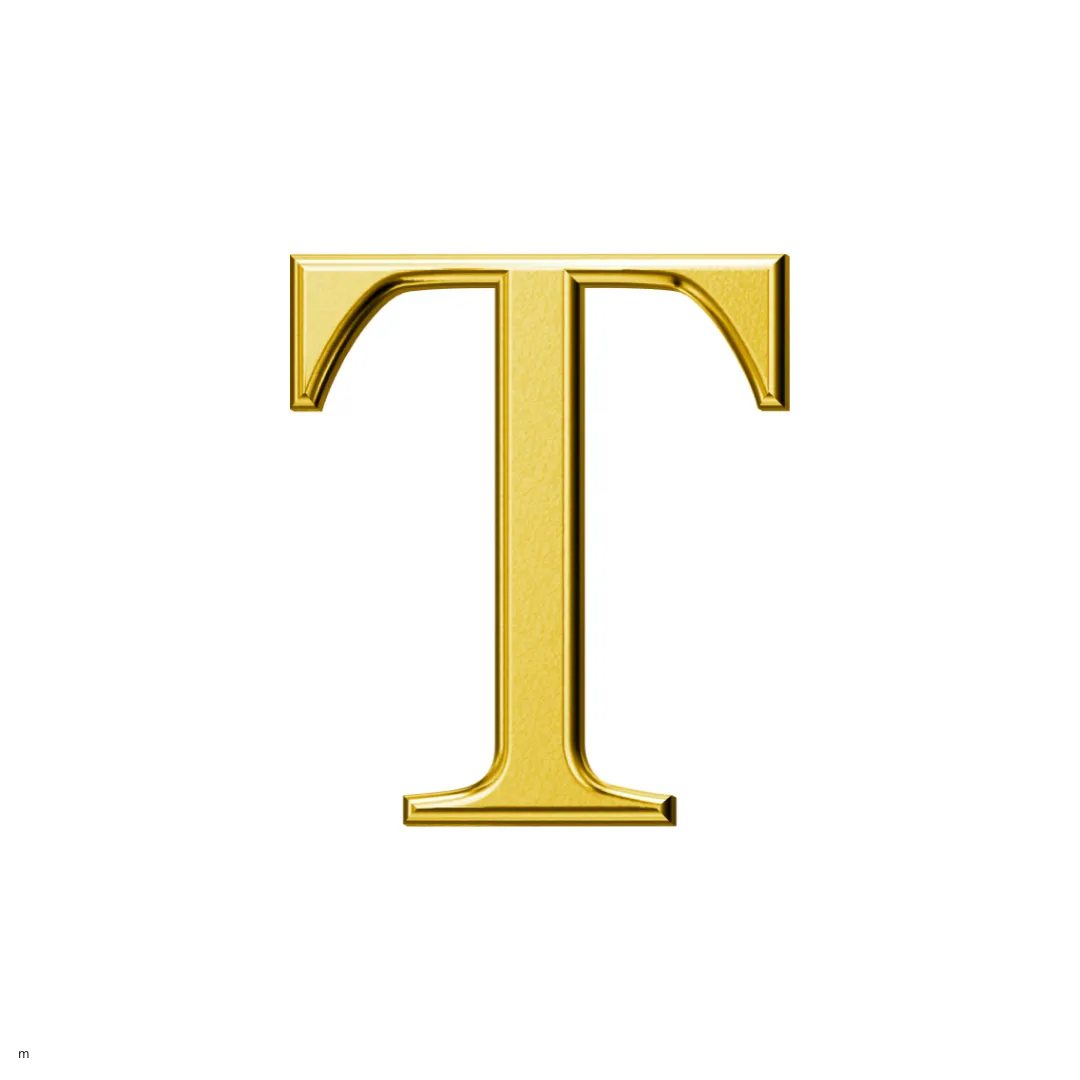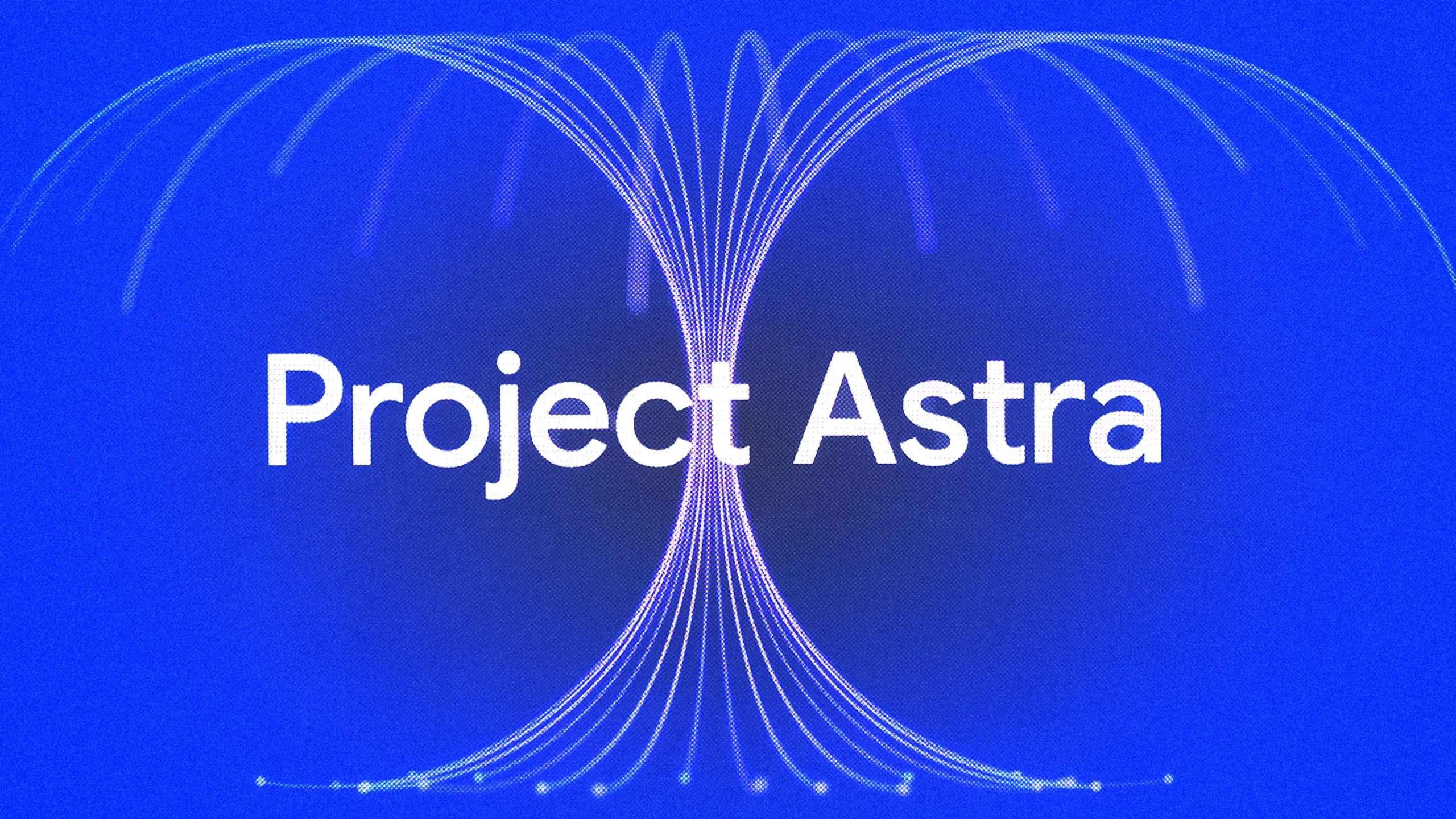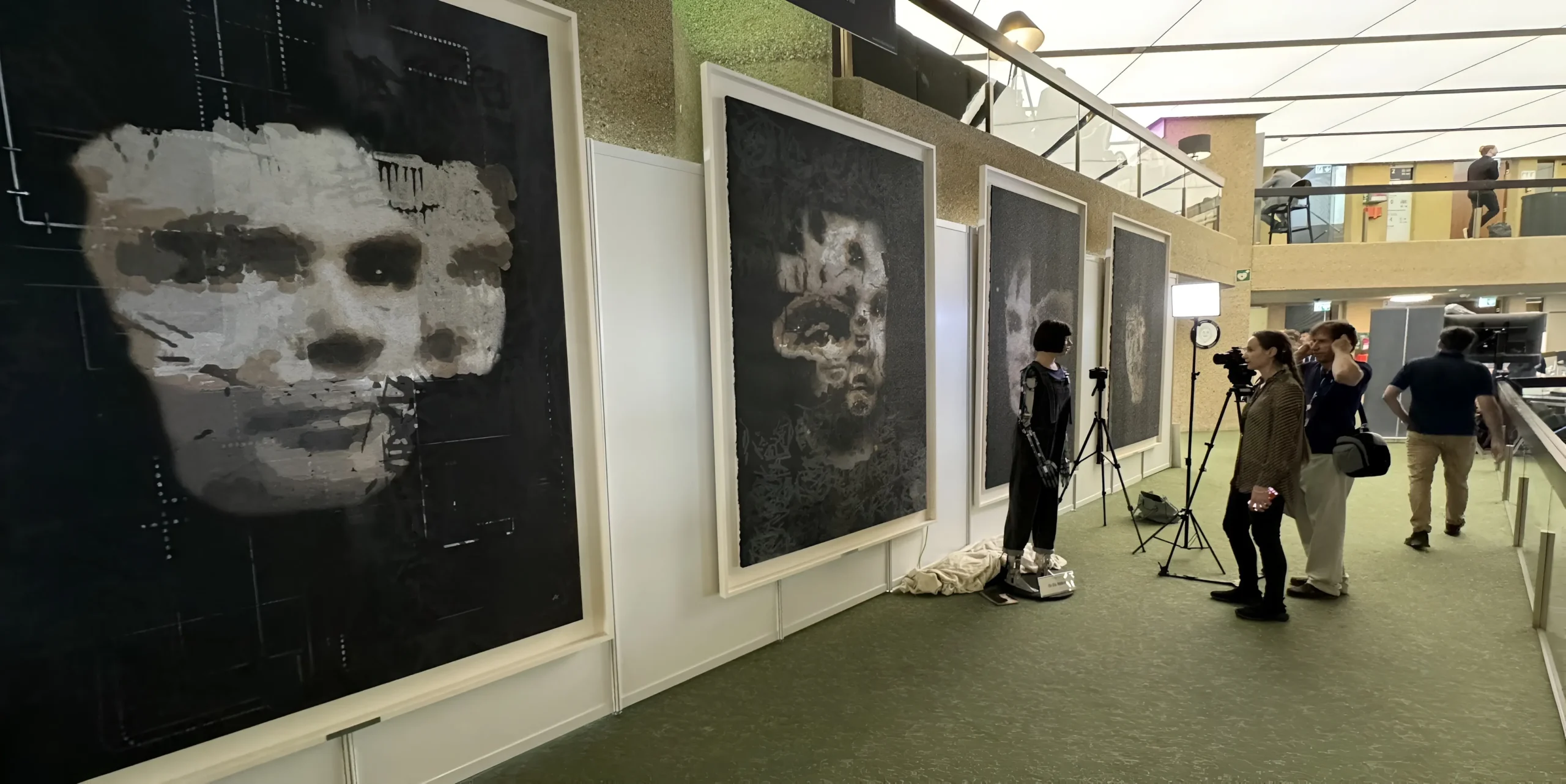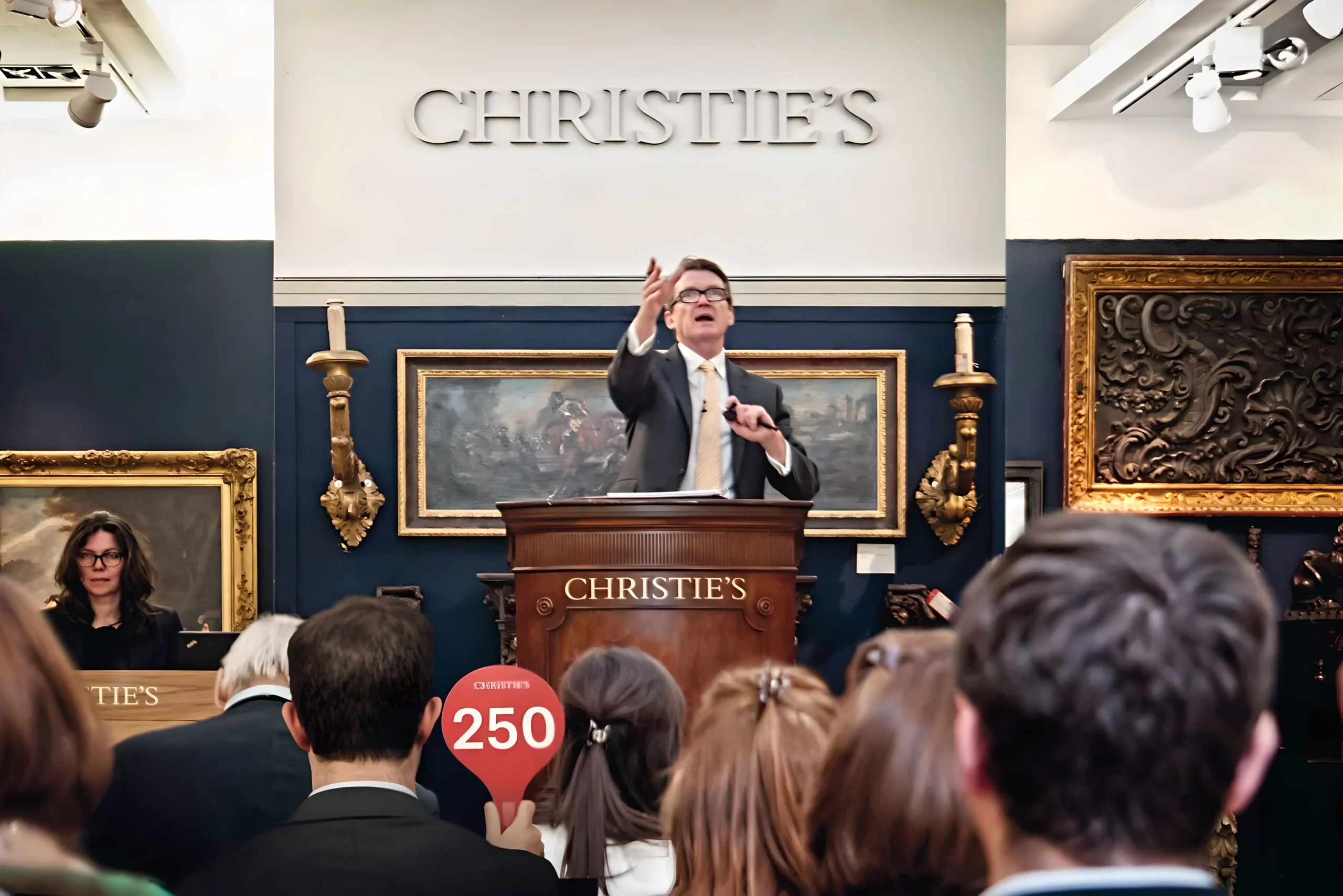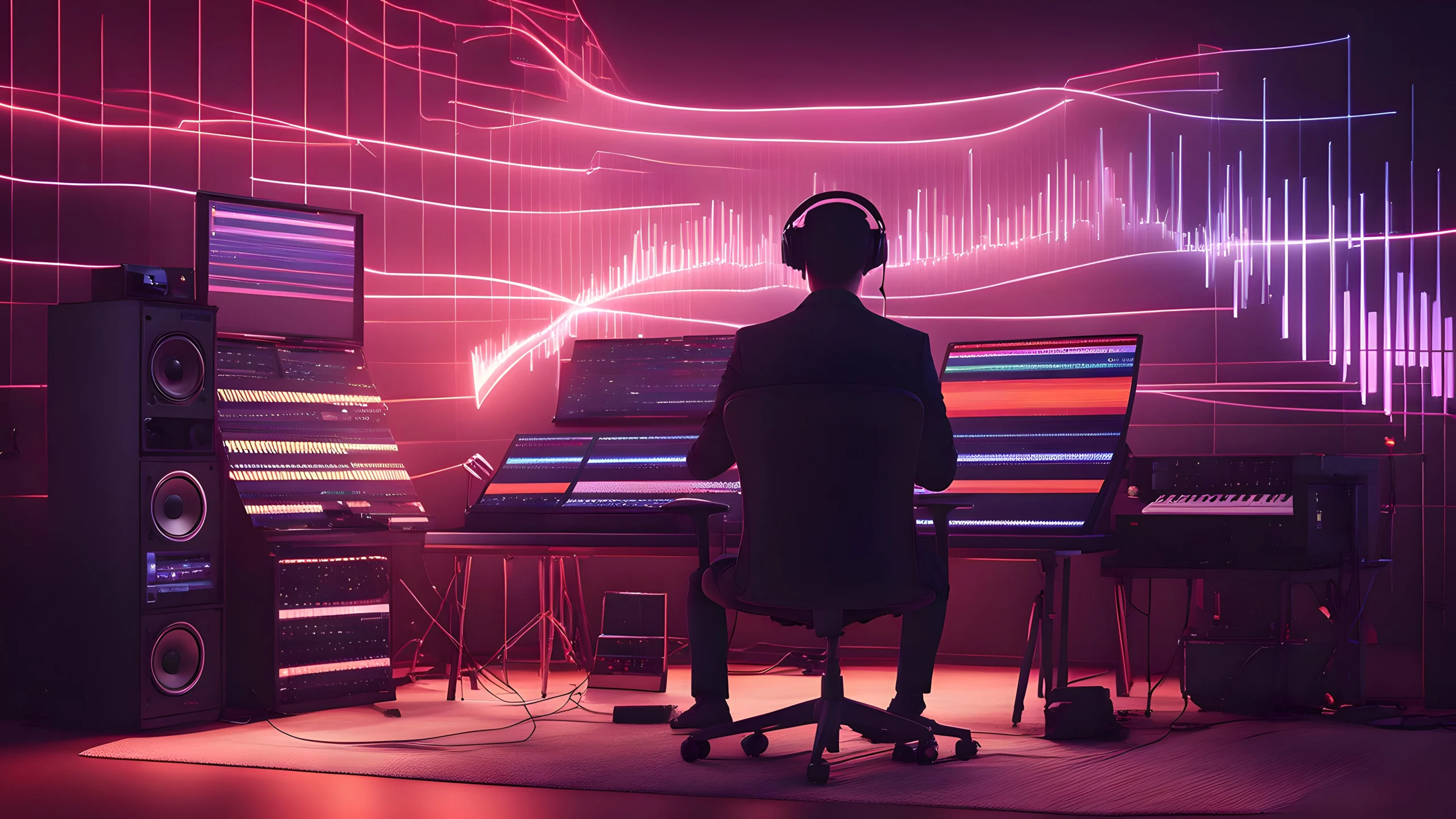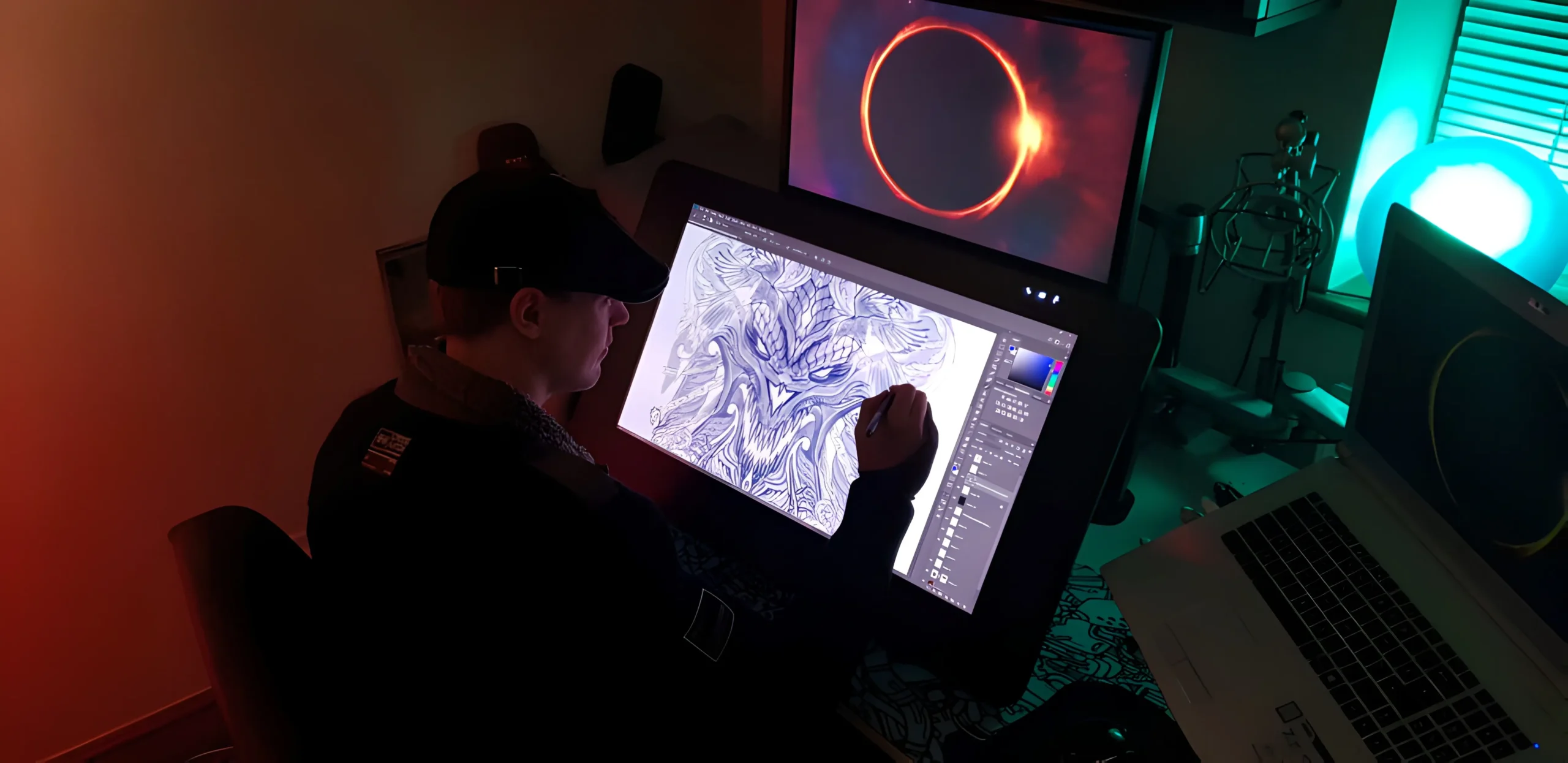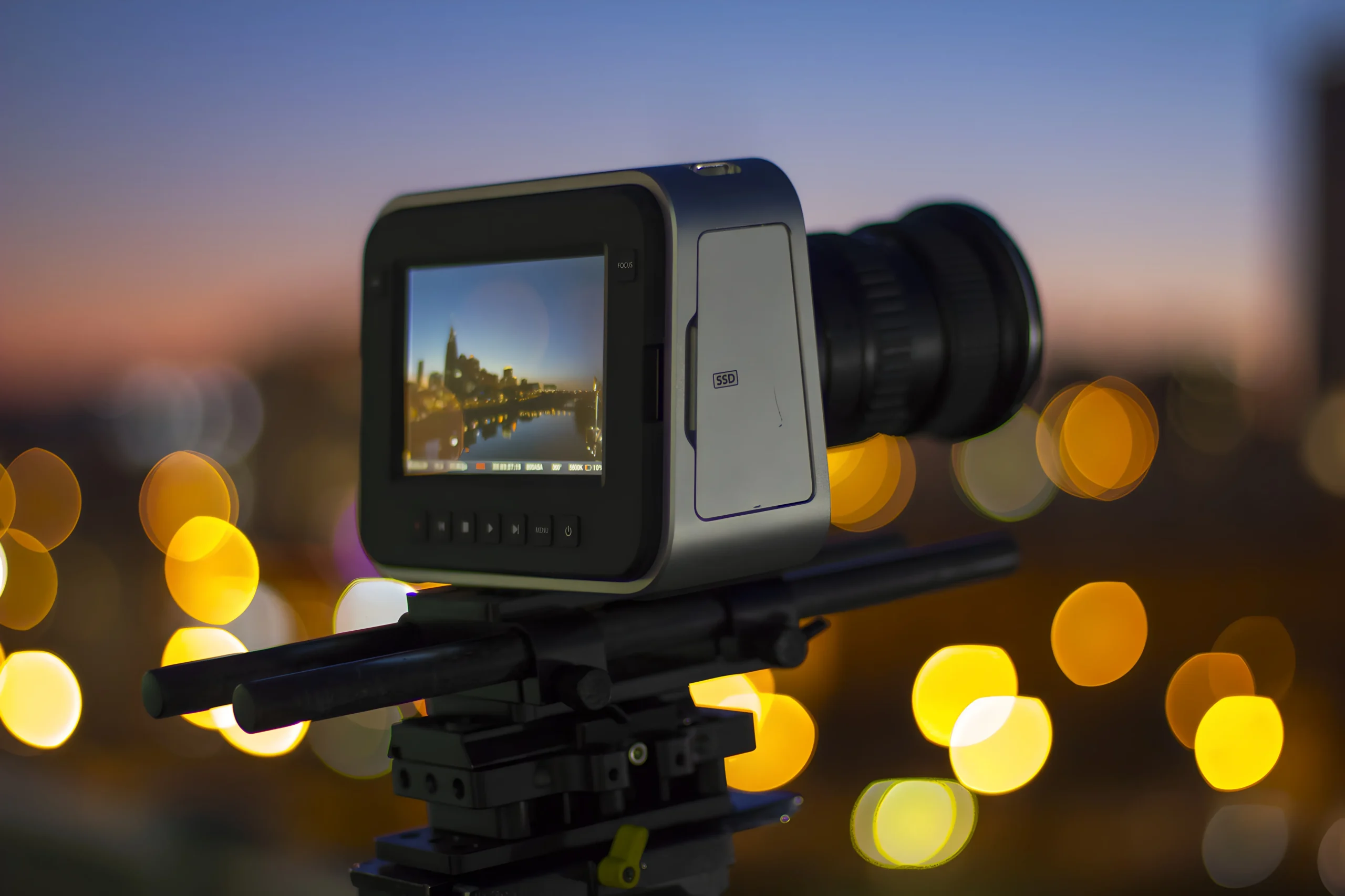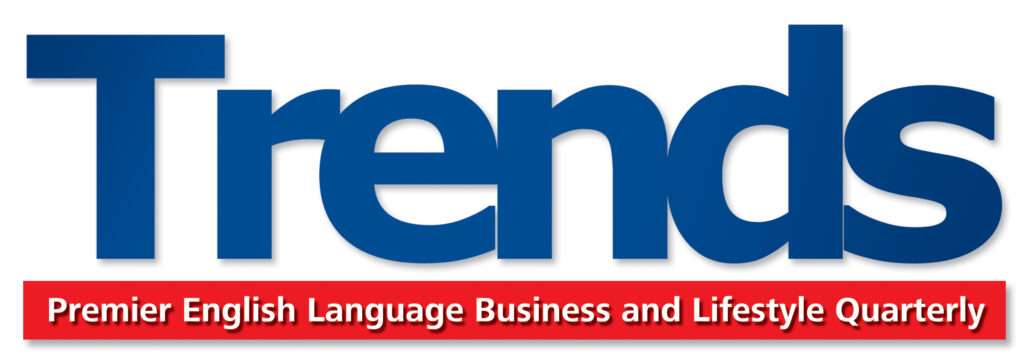
By: Arad Tadayon
The intersection of artificial intelligence and art is reshaping the creative and commercial landscapes of the global art world. From generating novel artworks to revolutionizing valuation and provenance tracking, AI is not just a tool but a transformative force. It amplifies human creativity, democratizes access to art, and redefines how we value and trade it. As AI-driven platforms analyze vast datasets, create immersive experiences, and secure transactions via blockchain, the art industry is entering a new era—one where technology enhances tradition without overshadowing the emotional essence of creativity. This article explores AI’s multifaceted role in art, from its impact on valuation and market dynamics to its creative and cultural contributions, with a focus on global trends and regional nuances.
AI and the Art Valuation Revolution
Art valuation remains a fascinating blend of emotion and economics, but where is this topic heading? The industry is already embracing innovation, with AI tools like Artprice analyzing auction data and trends, while platforms such as ARTDAI and Artory leverage machine learning to appraise artworks and verify provenance, offering a more precise approach to pricing. These technologies process vast datasets—auction results, artist profiles, and market trends—to deliver insights that were once the domain of seasoned experts. For instance, Artprice’s algorithms can predict price trajectories by analyzing historical sales, while Artory’s blockchain-backed records ensure transparency in ownership, reducing fraud risks. However, regulatory efforts to curb exorbitant art prices are absent for now—neither globally nor in MENA are there imminent plans to impose limits. The market’s free-spirited nature prevails, and in MENA, the focus leans toward preserving cultural heritage rather than controlling costs.
Looking forward, the art world is set to evolve with growing wealth in regions like MENA and Asia, alongside technologies like blockchain, enhancing transaction trust. AI-driven valuation tools are empowering collectors with data to make informed decisions, shifting the market toward discernment over speculation. Prices may not climb endlessly—economic shifts, such as inflation or geopolitical tensions, could temper enthusiasm—but art’s enduring appeal as both an investment and a passion suggests resilience. Collectors, aided by AI-driven insights, are likely to become more selective, prioritizing quality and significance over fleeting trends. The future promises a sophisticated balance: a market enriched by technology yet still driven by the timeless draw of creativity.
The Business of AI in Art
Market Growth and Economic Impact
The AI in the art market is experiencing explosive growth, valued at USD 4.8 billion in 2024 and projected to reach USD 40.4 billion by 2033, with a CAGR of 28.9%. The AI image market alone, valued at USD 0.26 billion in 2022, is expected to hit USD 0.9 billion by 2030, a 254% increase. North America dominates, holding nearly half the global market share, driven by generative AI and cloud-based tools. High-profile sales, like the AI-generated Portrait of Edmond de Belamy (USD 432,500 in 2018) and Beeple’s EVERYDAYS (USD 69 million in 2021), underscore the market’s financial potential. AI creates new jobs—97 million globally in AI-related roles by 2025—but disrupts traditional roles, with 44% of UK creative jobs at risk. Productivity gains are significant, with AI boosting output by up to 40% by 2035, though upskilling costs USD 500–5,000 per employee. In regions like MENA and Asia, growing wealth fuels art investment, with exhibitions costing USD 10,000–50,000 per show to attract tech-savvy audiences.
Costs, Revenue, and Challenges
AI art production is cost-effective, with generative tools like Stable Diffusion enabling artworks or NFTs for USD 0.01–150. Cloud-based platforms (AWS, Google Cloud) cost USD 10–100 monthly for moderate use, versus USD 5,000–50,000 for on-premises setups. Subscription models, like Adobe Sensei (USD 20–60/month), integrate AI into creative workflows. However, training AI models is resource-intensive, with costs akin to a transatlantic flight’s CO2 emissions, though per-piece emissions are 310–2,900 times lower than traditional art. Revenue streams are diverse: auction houses save millions annually using AI for cataloging, while Artprice charges USD 100–1,000 for market insights. NFTs range from USD 244–1,631, and AI-driven advertising visuals cost USD 1,000–10,000 versus USD 5,000–50,000 for traditional methods. Challenges include legal costs (USD 10,000–100,000 for copyright disputes) and ethical concerns, with tools like GLAZE (USD 50–200) protecting artists’ work. Advanced imaging, like macro X-ray fluorescence (USD 10,000–100,000), limits adoption in developing regions. Regulatory costs, estimated at USD 1–10 million annually for platforms, loom as a future hurdle, but AI’s ability to balance cost efficiencies with innovation continues to reshape the art market.
Google’s Project Astra and Its Impact on Art
Google’s Project Astra, a multimodal AI assistant developed by Google DeepMind, is poised to transform how art is experienced and understood. By processing live video and audio inputs through devices like smartphones or prototype glasses, Astra can identify artworks in real time and provide contextual insights. For instance, during a 2024 demonstration, Astra successfully recognized famous paintings, distinguishing replicas from originals by analyzing visual cues such as screen-based displays. This capability allows museum-goers or gallery visitors to point their device at a painting and receive instant information about the artist, historical context, and stylistic elements, enhancing the appreciation of art without the need for traditional guides. The AI’s ability to process up to 10 minutes of video enables it to maintain context, such as recognizing a series of artworks in a gallery and linking them to a specific movement or period, offering a seamless, interactive experience for art enthusiasts.
Project Astra’s storytelling and interpretive features open new avenues for artistic engagement. In demos, Astra generated creative narratives based on visual inputs, such as crafting a story about a toy crab in the style of Hemingway or adapting to new objects introduced into the scene. Applied to art, this capability could enable Astra to create interpretive narratives about artworks, tailoring stories to the viewer’s preferences or educational needs. For example, a user could show Astra a surrealist painting and request a poetic explanation or a child-friendly story inspired by the imagery, making art more accessible and engaging. Additionally, Astra’s Pictionary-like functionality, where it guesses drawings in real time, suggests potential for interactive art creation, allowing artists to collaborate with the AI to brainstorm or refine concepts. These features, costing nothing beyond a Google account for beta testers, democratize creative tools for artists and educators.

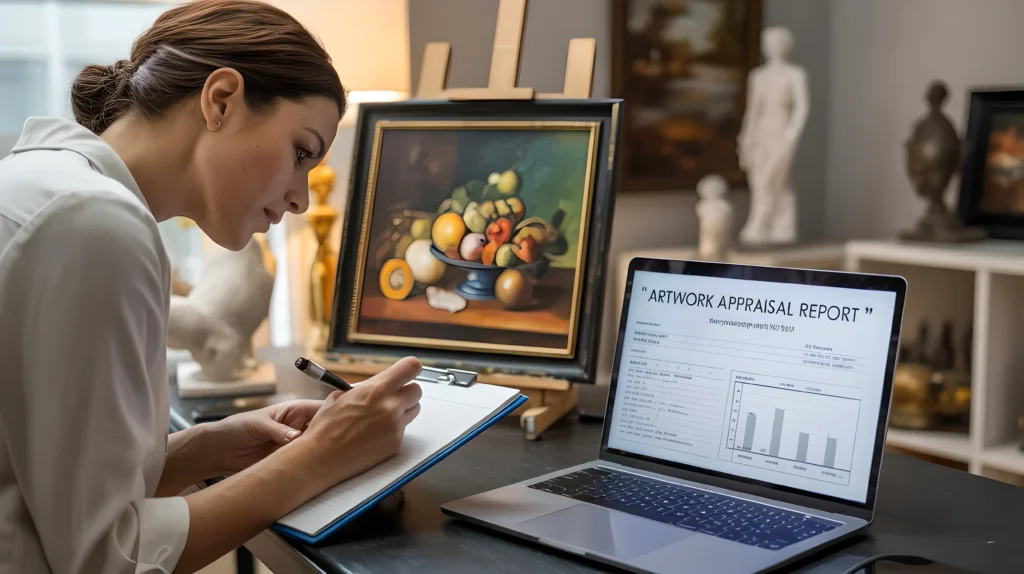
AI’s Touch in Different Kinds of Art
The hum of artificial intelligence weaves through the creative arts, subtly amplifying the pulse of human expression while composing new possibilities. Music, as a universal language, serves as a quiet undercurrent in this exploration, but AI’s influence resonates across a vast orchestra of art forms—visual art, literature, film, dance, fashion, and even culinary arts. By generating, augmenting, and reinterpreting creative works, AI is not merely a tool but a collaborator, reshaping how artists create and audiences experience art. This section explores the diverse artistic domains touched by AI, highlighting its transformative role in fostering innovation while preserving the emotional depth of human creativity.
Visual Art: In visual art, AI has become a digital brush, creating works that blur the line between human and machine. Generative AI platforms like DALL·E 3, Midjourney, and Stable Diffusion produce stunning images from text prompts, enabling artists to craft surreal landscapes or hyper-realistic portraits. For instance, Midjourney’s ability to mimic styles like Impressionism or Cyberpunk has led to exhibitions where AI-generated pieces hang alongside human works, such as the 2023 “Digital Dreams” show in London. Beyond creation, AI enhances restoration, with algorithms like those from DeepArt analyzing damaged paintings to reconstruct missing details, as seen in the restoration of a 17th-century Dutch masterpiece in 2024. These tools, often costing USD 10–30 monthly for premium access, empower both professional artists and amateurs to explore new aesthetics, though debates over originality persist.
Music: The rhythm of AI pulses strongly in music, where it crafts compositions that echo human emotion. Tools like OpenAI’s MuseNet and Google’s Magenta generate original tracks across genres, from classical symphonies to jazz improvisations. In 2024, AIVA (Artificial Intelligence Virtual Artist) composed a piece performed by the Berlin Philharmonic, blending AI-generated melodies with human orchestration. AI also augments production, with platforms like LANDR (USD 12–40/month) using machine learning to master tracks, balancing frequencies with precision. For songwriters, AI lyric generators like Songwriter.ai suggest verses that rhyme and resonate, while vocal synthesis tools, such as Vocaloid or Descript’s Overdub, create lifelike singing voices from text. These innovations enable independent musicians to produce studio-quality work, though critics argue that AI lacks the soul of human improvisation.
Film and Animation: AI’s role in film and animation is cinematic, enhancing both production and creativity. Generative AI creates storyboards from scripts, with tools like Runway (USD 15–35/month) turning text prompts into animated sequences. In 2024, a short film, Chroma, entirely directed by AI with human oversight, premiered at Sundance, using AI to generate visuals, dialogue, and a haunting score. AI also streamlines post-production, with Adobe Premiere Pro’s AI features automating color grading and audio syncing, saving studios up to 20% in editing costs. For animation, AI-driven motion capture, like DeepMotion, translates human movement into digital characters in real time, reducing production time for films like Pixar’s 2025 release, Lunar Tunes. While these tools expand creative possibilities, they raise concerns about job displacement for animators and editors.
Conclusions, Challenges and the Human Touch
The integration of artificial intelligence into the art world orchestrates a symphony of innovation, blending creativity, commerce, and cultural evolution. From generating visual masterpieces with tools like DALL·E 3 to composing music through AIVA’s algorithms, AI touches nearly every art form—literature, film, dance, fashion, and even culinary arts—amplifying human expression while introducing novel possibilities. The business landscape reflects this transformation, with the AI art market projected to grow from USD 4.8 billion in 2024 to USD 40.4 billion by 2033, driven by cost-effective tools (USD 0.01–150 per artwork) and diverse revenue streams, such as NFT sales (USD 244–1,631) and AI-driven advertising (USD 1,000–10,000 per project). Ventures like Google’s Project Astra enhance art appreciation by identifying paintings in real time, while platforms like Artprice and Artory revolutionize valuation with data-driven precision, balancing emotion and economics in a market free from regulatory constraints.
Yet, this harmonious blend faces challenges that underscore the irreplaceable human touch. Ethical concerns over training data, with potential copyright disputes costing USD 10,000–100,000, highlight the need for responsible AI use. The risk of homogenized outputs threatens artistic diversity, and artists worry that AI lacks the lived experience that fuels authentic creation. Despite these hurdles, AI’s role is not to replace but to collaborate, as seen in exhibitions like Digital Dreams or performances like Binary Ballet, where human and machine creativity converge. The art market’s resilience, bolstered by growing wealth in regions like MENA and Asia and technologies like blockchain, ensures that AI enriches rather than overshadows the timeless draw of art. As collectors grow more selective with AI-driven insights and artists experiment with tools costing as little as USD 10–60 monthly, the future promises a sophisticated balance: a vibrant, tech-enhanced art world where the soul of creativity—whether in a symphony, a painting, or a dish—remains distinctly human.

